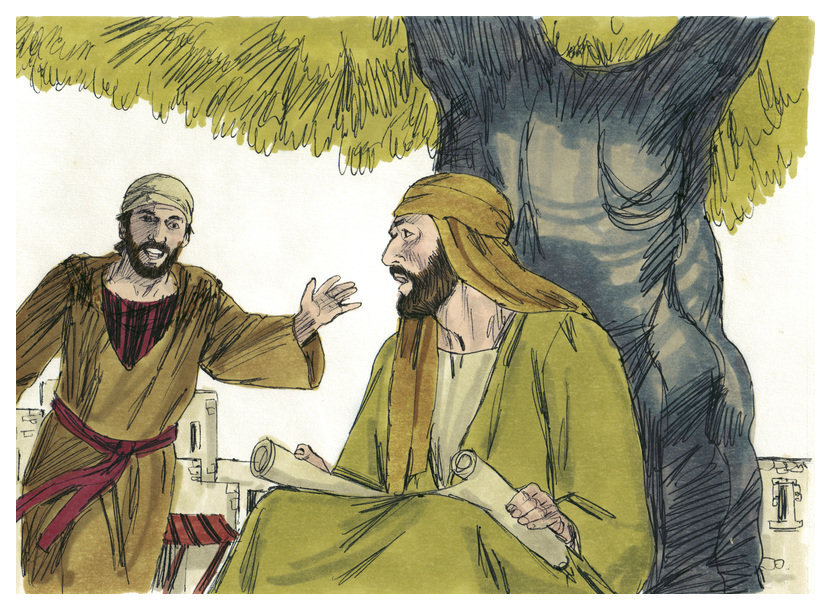Jesus’ preaches the kingdom and repentance and in this preaching calls his disciples. When Jesus calls Peter, Andrew, James, and John, it isn’t the first time they’ve met. They have all recognized him as the Messiah previously, but now, Jesus calls them out of their daily lives into ministry and discipleship apart from their everyday lives. Not all of us receive this kind of call into ministry, but we all receive the call into the kingdom just as his first disciples did. How do we respond? How do we react?
image: A print from the Phillip Medhurst Collection of Bible illustrations, Pieter van der Borcht (ca. 1540-1608), CC BY-SA 3.0, via Wikimedia Commons. Image location: https://commons.wikimedia.org/wiki/File:77_Life_of_Christ_Phillip_Medhurst_Collection_3543_Simon_Peter_%26_Andrew_with_Christ_Matthew_4.18-20_Mortier.jpg




















